IDEA SET
IDEA SET
WonderLab Learning Resources
WonderLab Learning Resources
WonderLab Learning Resources is a collection of online activities, learning tools, professional learning modules, and videos inspired by renowned National Geographic Explorer and photographer Anand Varma's work.
Grades
4 - 12+
Subjects
Biology, Storytelling, Experiential Learning, Photography
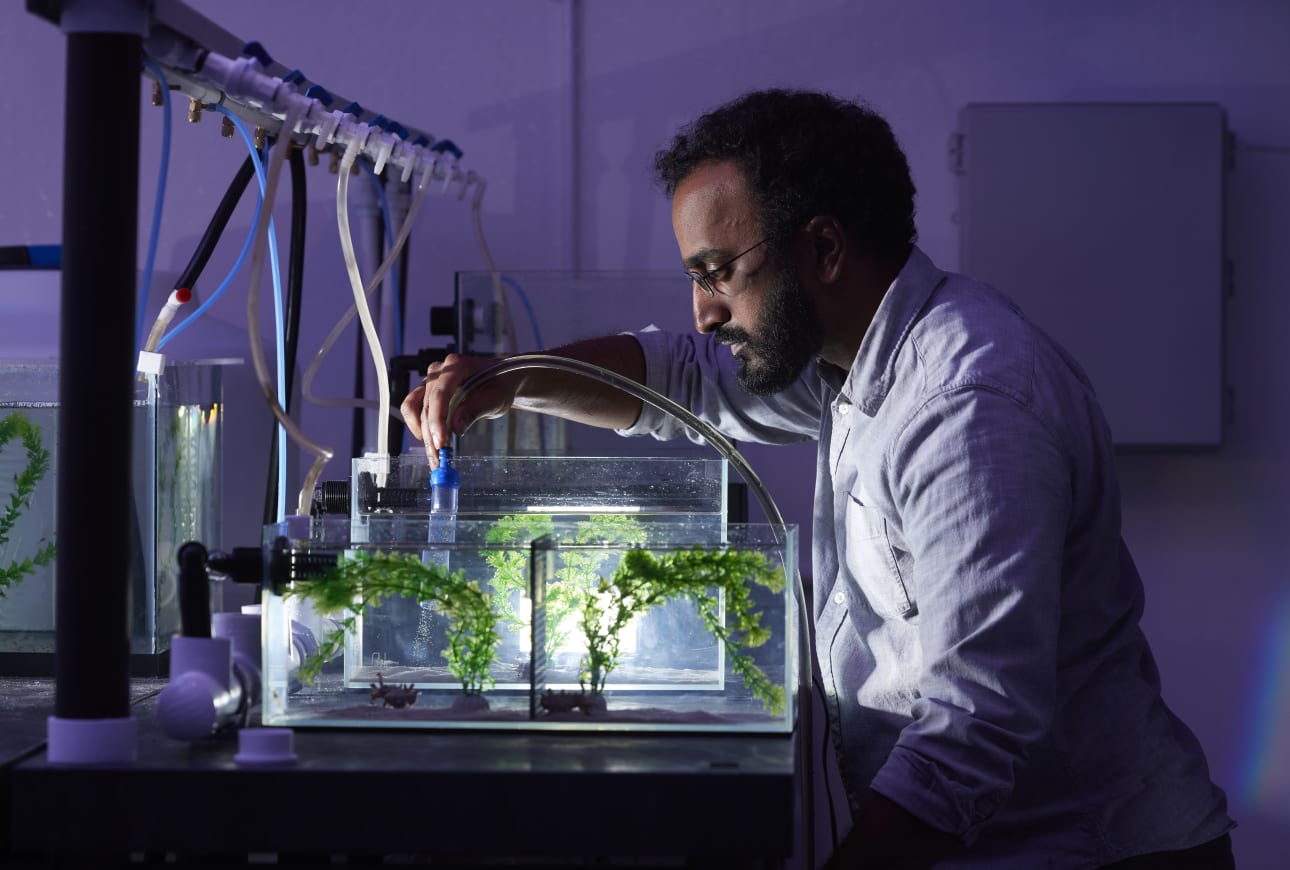
Mark Thiessen / National Geographic Society

Anand Varma is a National Geographic Explorer, photographer, and founder of WonderLab, an incubator for ideas and talent that offers mentorship and education opportunities for aspiring scientists and storytellers to cultivate their skills in scientific experimentation and expert storytelling. The resources in this collection allow educators and youth “to slow down, observe, find the mystery of things that hide in plain sight and take the time to explore the wonder of our world” as they develop skills and attitudes of an Explorer such as curiosity, empathy, empowerment, problem-solving, and storytelling.
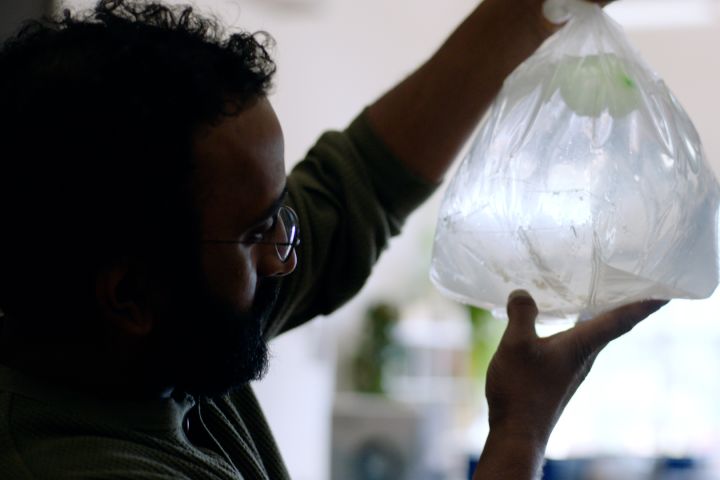
Learning Package: How to Set Up a "WonderLab"
This learning package introduces considerations for designing a WonderLab to inspire a sense of wonder and awe in science. It encourages deeper focus on slow observation to develop the attitudes, skills, and knowledge that make up the Explorer Mindset using the Wonder Learning Strategies.
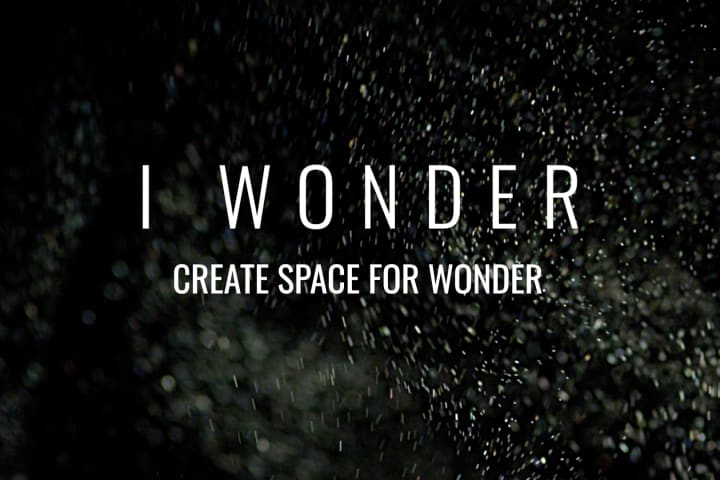
Video: I Wonder: "Create Space for Wonder"
Welcome to WonderLab, a space founded by National Geographic Photographer and Explorer Anand Varma, where young scientists, students, and storytellers can collaborate while exploring their curiosity and embracing the wonder of the natural world. In this video, Anand introduces us to the concepts of wonder and curiosity when he receives his first batch of bobtail squid and flamboyant cuttlefish eggs for his latest photography project.
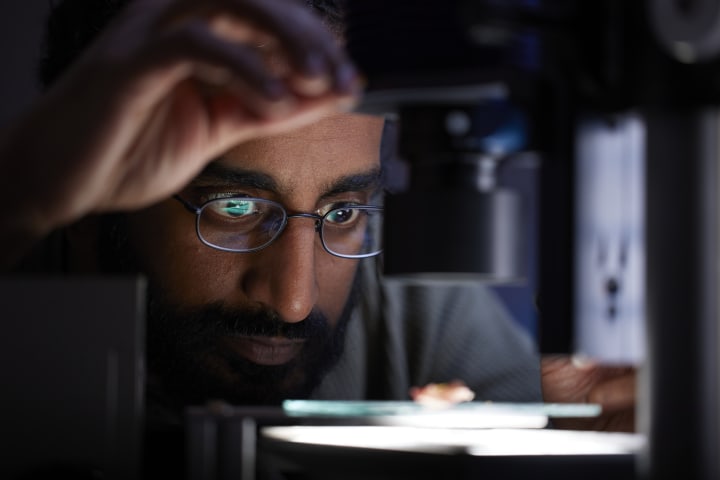
Learning Package: Explore and Experiment
Use this learning package to embrace the power of exploring and experimenting within learning spaces to cultivate wonder and develop the attitudes, skills, and knowledge that make up the Explorer Mindset.
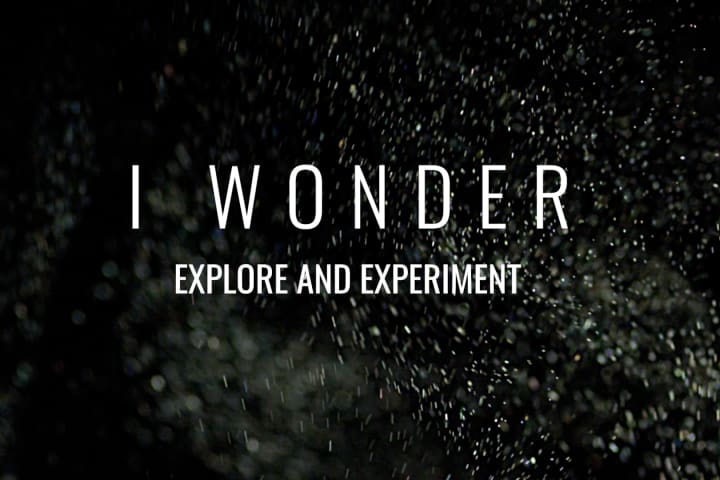
Video: I Wonder: "Explore and Experiment"
In this video, Anand races against the clock to create an aquarium in which the bobtail squid and flamboyant cuttlefish eggs can incubate, using everyday materials and tools. He also takes his first photos of the cephalopod embryos, and shows us that you don't need to do everything perfectly when starting a new project; what matters most is taking the time to explore and experiment to discover what works best.
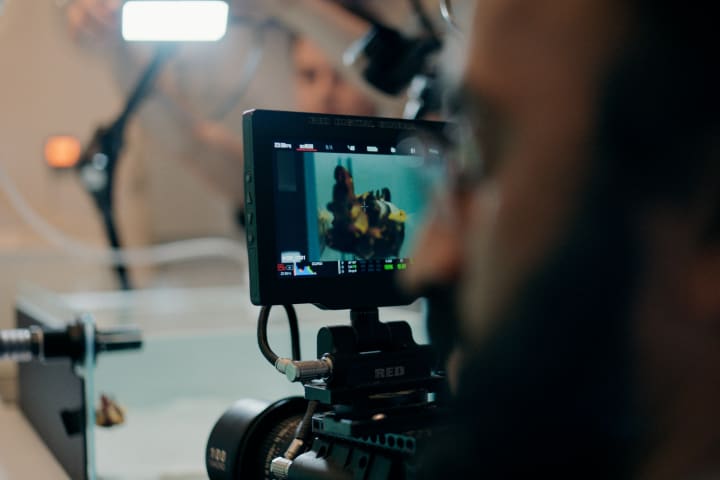
Learning Package: Defamiliarize the Familiar
This learning package introduces the wonder learning strategy of Defamiliarizing the Familiar to inspire wonder around familiar things. Learn how to observe familiar things in new ways by using tools to notice differently, making space to observe, and allowing surprise to inspire questions.
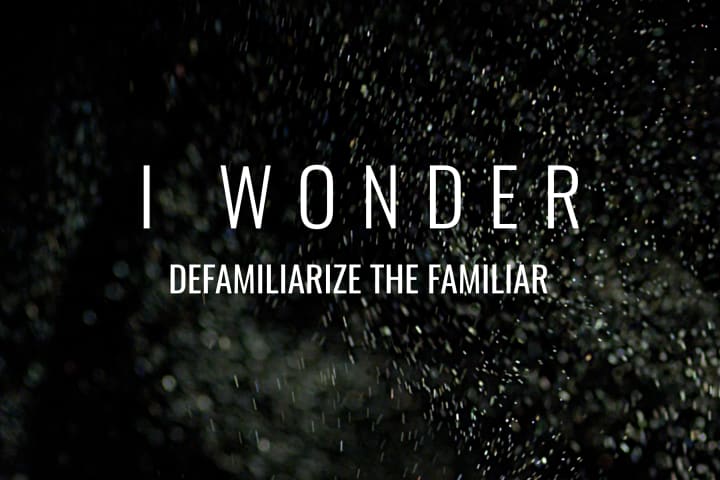
Video: I Wonder: "Defamiliarize the Familiar"
In this video, Anand and his team observe and document the cuttlefish’s behavior. He takes a detailed look at the hunting and mating patterns of a creature that has become familiar to him and his team. This process of defamiliarizing the familiar opens his eyes to just how complex and strange these animals are, and informs the story he will eventually tell.

Activity: Seeing a Tree from Multiple Viewpoints
This is an activity to encourage learners to see and contemplate the role of a single tree from many different viewpoints. It helps learners develop empathy as they consider all the connections to a single tree, and how these different viewpoints influence what they notice.
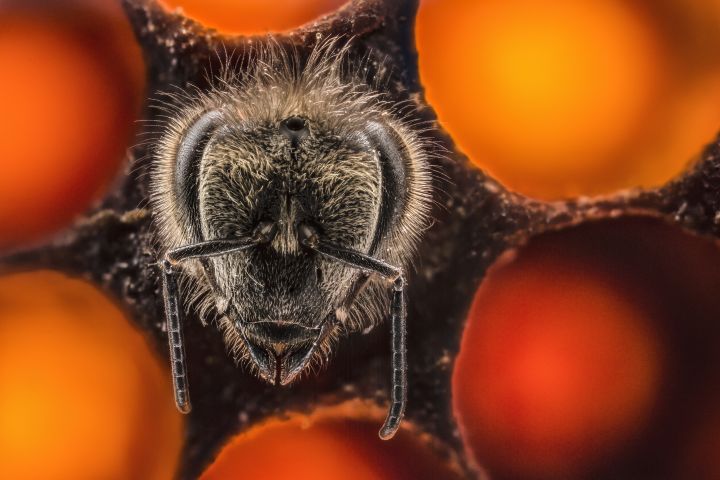
Activity: Making the Familiar Unfamiliar
We get used to seeing some things so often that we stop paying attention to them. Photography allows us to capture everyday moments that we can later examine in more detail through reframing the images, zooming in, or using different filters. This activity gets learners excited about noticing familiar things in new ways to reinspire awe and wonder.
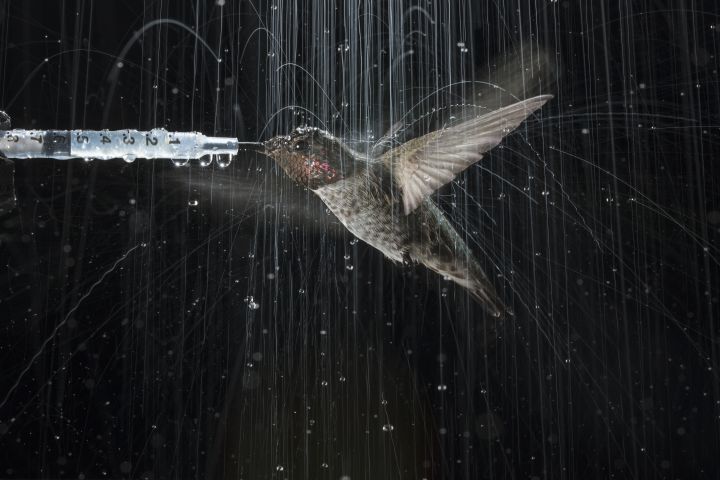
Activity: Meaning-Making Through Slow Motion Video
Slow-motion video allows us to see things in the world that are almost invisible to us because they move too fast. This is an activity allows learners to discover how slow-motion video helps us to see beauty and make sense of science in the world in new ways.
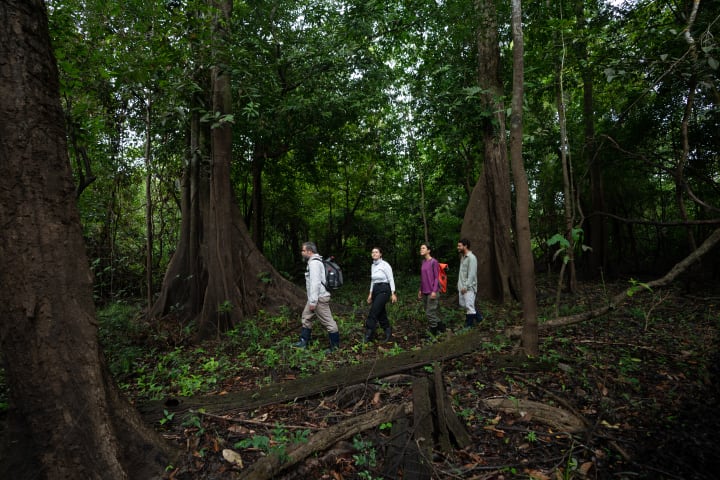
Activity: Take a Wonder Walk
Explorers build knowledge by seeking and researching the connections between humans and their environment. This activity makes space for learners to explore the world around them by giving them time to walk, encouragement to talk, and inspiration to wonder.
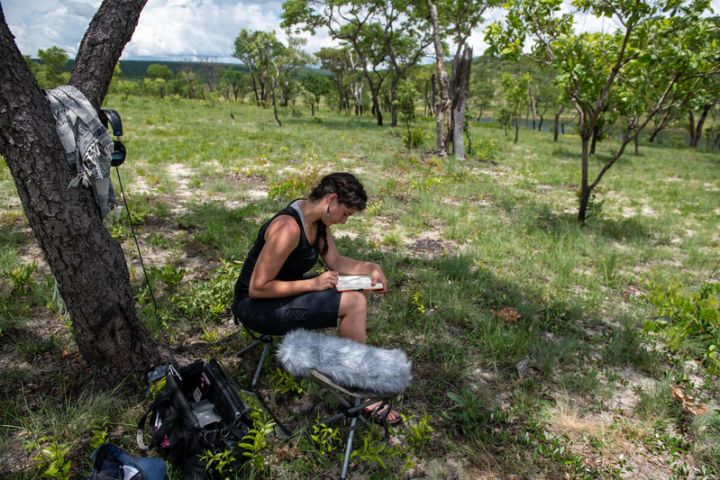
Activity: An Artist's Notebook
An important skill of an Explorer is to document what they notice about the world so they can communicate this information to others. This activity encourages learners to represent their observations through their own drawings.
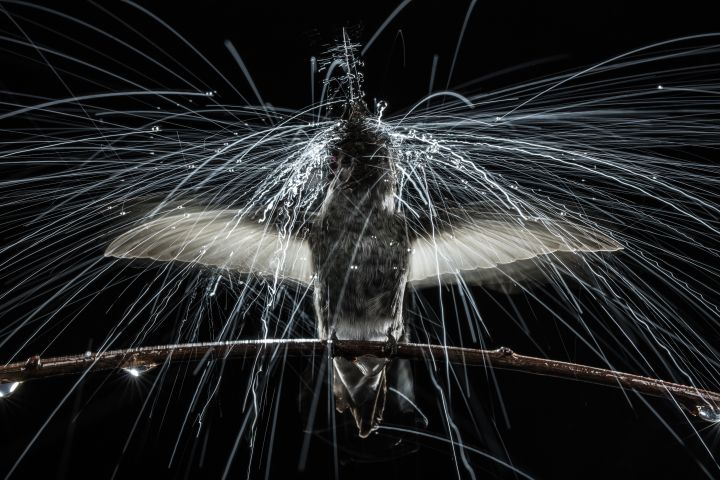
Learning Tool: What I See... and What I Don't See
This is a general tool invites learners to make their thinking visible by constructing a representation, or model, of a phenomenon.The pictures they draw and the explanations they include will make their prior knowledge explicit. When they revisit their models, learners can see how their thinking has changed.
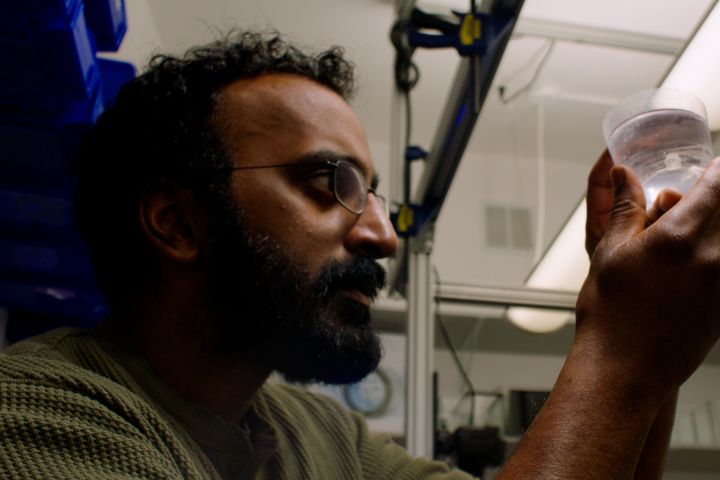
Learning Tool: How I Wonder... Through Different Viewpoints
This tool encourages learners to slow down and see one thing using multiple points of view. They become aware of details that they might not have seen at first glance, pay attention to the object and the interactions between that object and its surroundings.
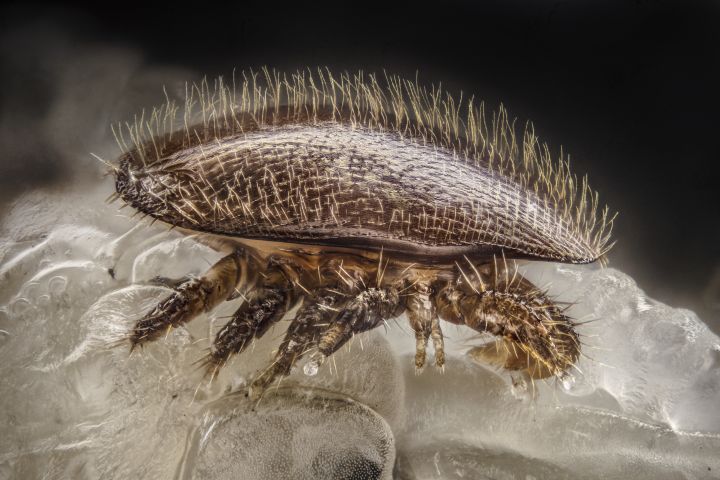
Learning Tool: Defamiliarizing the Familiar: Which One is Unique?
This tool encourages learners to contrast things that have some similarities and some differences. By drawing comparisons between four items, the goal is that learners will attend to details in new ways and justify how and why they see something different, or unique, in one of the familiar items.
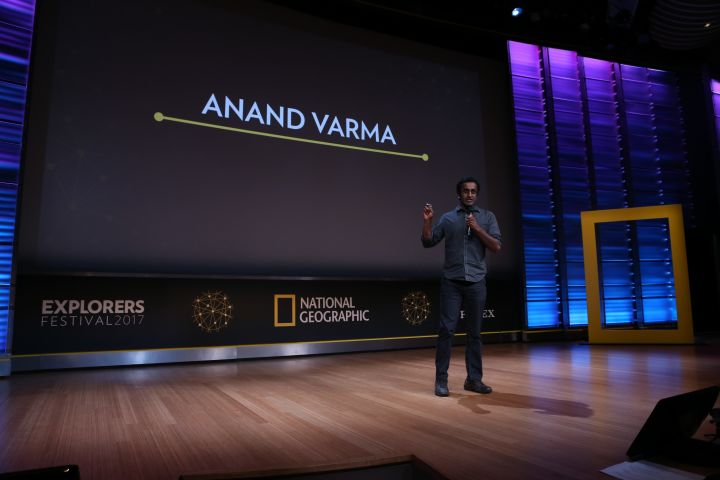
Learning Tool: Multimodal Storytelling
This tool encourages learners to share a story using different modes of communication. Engaging in multimodal storytelling can help Explorers (and/or learners) stimulate the imagination and be more expansive and creative in the ways they communicate their discoveries and work to different audiences.
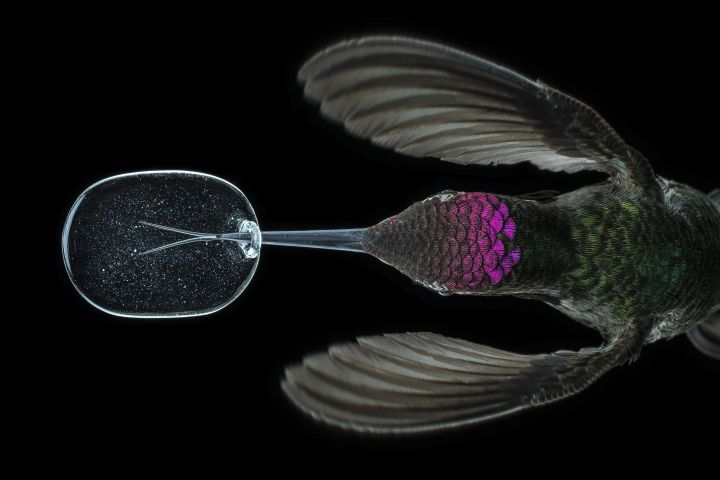
Learning Tool: I Wonder... "Should We?"... I Investigate
Explorers are curious and wonder about the world. They do not stop at their wonders. They allow their wonders to be shaped into questions that they want to investigate or questions that might not have a clear answer, but are worthy of exploring from multiple viewpoints. This tool helps learners extend their wonderings into complex decisions or investigations.
Media Credits
The audio, illustrations, photos, and videos are credited beneath the media asset, except for promotional images, which generally link to another page that contains the media credit. The Rights Holder for media is the person or group credited.
Editor
Writer
Reviewer
Producer
Rights Clearance
Last Updated
April 24, 2024
For information on user permissions, please read our Terms of Service. If you have questions about how to cite anything on our website in your project or classroom presentation, please contact your teacher. They will best know the preferred format. When you reach out to them, you will need the page title, URL, and the date you accessed the resource.
Media
If a media asset is downloadable, a download button appears in the corner of the media viewer. If no button appears, you cannot download or save the media.
Text
Text on this page is printable and can be used according to our Terms of Service.
Interactives
Any interactives on this page can only be played while you are visiting our website. You cannot download interactives.